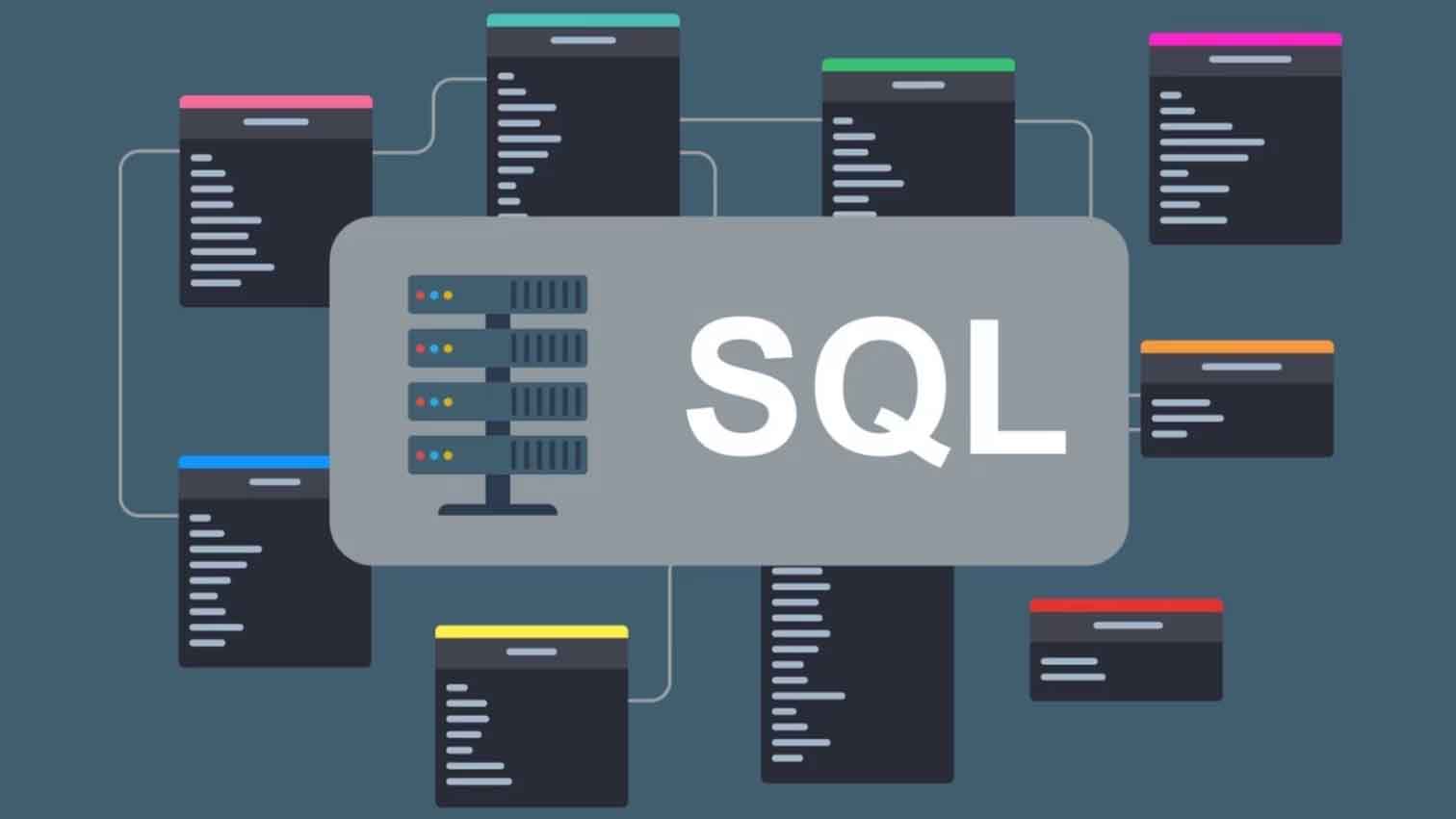
SQL (Structured Query Language) is the backbone of data management for many applications. Integrating SQL with programming languages like PHP, Python, and JavaScript enables developers to create dynamic applications that efficiently interact with databases. This blog explores how SQL connects with these languages, using Object-Relational Mapping (ORM) and handling SQL in backend development.
1. Connecting SQL with PHP
PHP is widely used for server-side scripting and integrates seamlessly with SQL databases, particularly MySQL and PostgreSQL.
Connecting PHP with MySQL
To connect PHP with MySQL, use the mysqli or PDO extension. Here's an example using mysqli:
$servername = "localhost";
$username = "root";
$password = "password";
$dbname = "my_database";
// Create connection
$conn = new mysqli($servername, $username, $password, $dbname);
// Check connection
if ($conn->connect_error) {
die("Connection failed: " . $conn->connect_error);
}
echo "Connected successfully";
Performing CRUD Operations in PHP
Insert Data:
$sql = "INSERT INTO users (name, email) VALUES ('John Doe', 'john@example.com')";
$conn->query($sql);
Retrieve Data:
$result = $conn->query("SELECT * FROM users");
while ($row = $result->fetch_assoc()) {
echo $row['name'] . " - " . $row['email'] . "<br>";
}
Update Data:
$sql = "UPDATE users SET email='new@example.com' WHERE name='John Doe'"; $conn->query($sql);
Delete Data:
$sql = "DELETE FROM users WHERE name='John Doe'"; $conn->query($sql);
For secure queries, use prepared statements with PDO to prevent SQL injection.
2. Connecting SQL with Python
Python uses various database connectors like sqlite3, MySQL Connector, and SQLAlchemy.
Connecting Python with MySQL
import mysql.connector
conn = mysql.connector.connect(
host="localhost",
user="root",
password="password",
database="my_database"
)
cursor = conn.cursor()
print("Connected successfully")
Performing CRUD Operations in Python
Insert Data:
cursor.execute("INSERT INTO users (name, email) VALUES (%s, %s)", ('John Doe', 'john@example.com'))
conn.commit()
Retrieve Data:
cursor.execute("SELECT * FROM users")
for row in cursor.fetchall():
print(row)
Update Data:
cursor.execute("UPDATE users SET email=%s WHERE name=%s", ('new@example.com', 'John Doe'))
conn.commit()
Delete Data:
cursor.execute("DELETE FROM users WHERE name=%s", ('John Doe',))
conn.commit()
Always close the connection when done:
conn.close()
3. Connecting SQL with JavaScript
JavaScript interacts with SQL databases via Node.js using libraries like mysql2 or pg for PostgreSQL.
Connecting Node.js with MySQL
Install MySQL package:
npm install mysql2
Connect to MySQL Database
const mysql = require('mysql2');
const connection = mysql.createConnection({
host: 'localhost',
user: 'root',
password: 'password',
database: 'my_database'
});
connection.connect(err => {
if (err) throw err;
console.log('Connected successfully');
});
Performing CRUD Operations in Node.js
Insert Data:
connection.query("INSERT INTO users (name, email) VALUES (?, ?)", ['John Doe', 'john@example.com']);
Retrieve Data:
connection.query("SELECT * FROM users", (err, results) => {
console.log(results);
});
Update Data:
connection.query("UPDATE users SET email=? WHERE name=?", ['new@example.com', 'John Doe']);
Delete Data:
connection.query("DELETE FROM users WHERE name=?", ['John Doe']);
4. Using ORM (Object-Relational Mapping) with SQL
ORM simplifies database interactions by allowing developers to use objects instead of SQL queries.
PHP ORM: Eloquent (Laravel)
use App\Models\User; $user = new User(); $user->name = 'John Doe'; $user->email = 'john@example.com'; $user->save();
Python ORM: SQLAlchemy
from sqlalchemy import create_engine, Column, Integer, String
from sqlalchemy.orm import sessionmaker, declarative_base
Base = declarative_base()
class User(Base):
__tablename__ = 'users'
id = Column(Integer, primary_key=True)
name = Column(String)
email = Column(String)
engine = create_engine('mysql+mysqlconnector://root:password@localhost/my_database')
Session = sessionmaker(bind=engine)
session = Session()
new_user = User(name='John Doe', email='john@example.com')
session.add(new_user)
session.commit()
JavaScript ORM: Prisma
const { PrismaClient } = require('@prisma/client');
const prisma = new PrismaClient();
async function main() {
const user = await prisma.user.create({
data: {
name: 'John Doe',
email: 'john@example.com'
}
});
console.log(user);
}
main();
5. Handling SQL in Backend Development
Best Practices
- Use Prepared Statements: Prevent SQL injection by using parameterized queries.
- Indexing: Improve query performance by indexing frequently searched columns.
- Connection Pooling: Reduce overhead by reusing database connections.
- Logging and Monitoring: Track database performance and errors.
- Data Validation: Ensure user inputs are sanitized and validated before executing queries.
Conclusion
Integrating SQL with PHP, Python, and JavaScript enables seamless data interactions for web applications. Using ORM frameworks simplifies database operations, making development more efficient. Following best practices in backend development ensures secure and high-performance database handling.
Would you like to see more real-world examples or tutorials? Let me know in the comments!
Leave a Comment